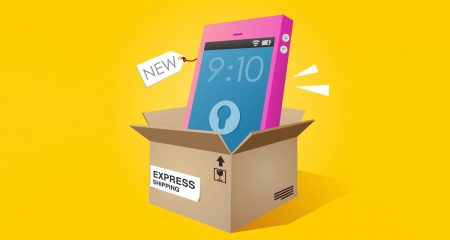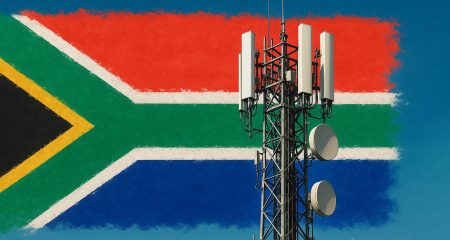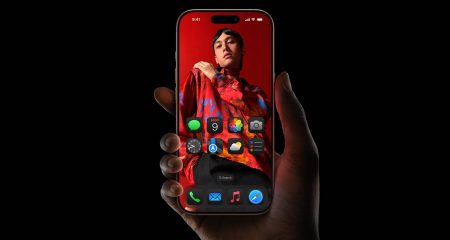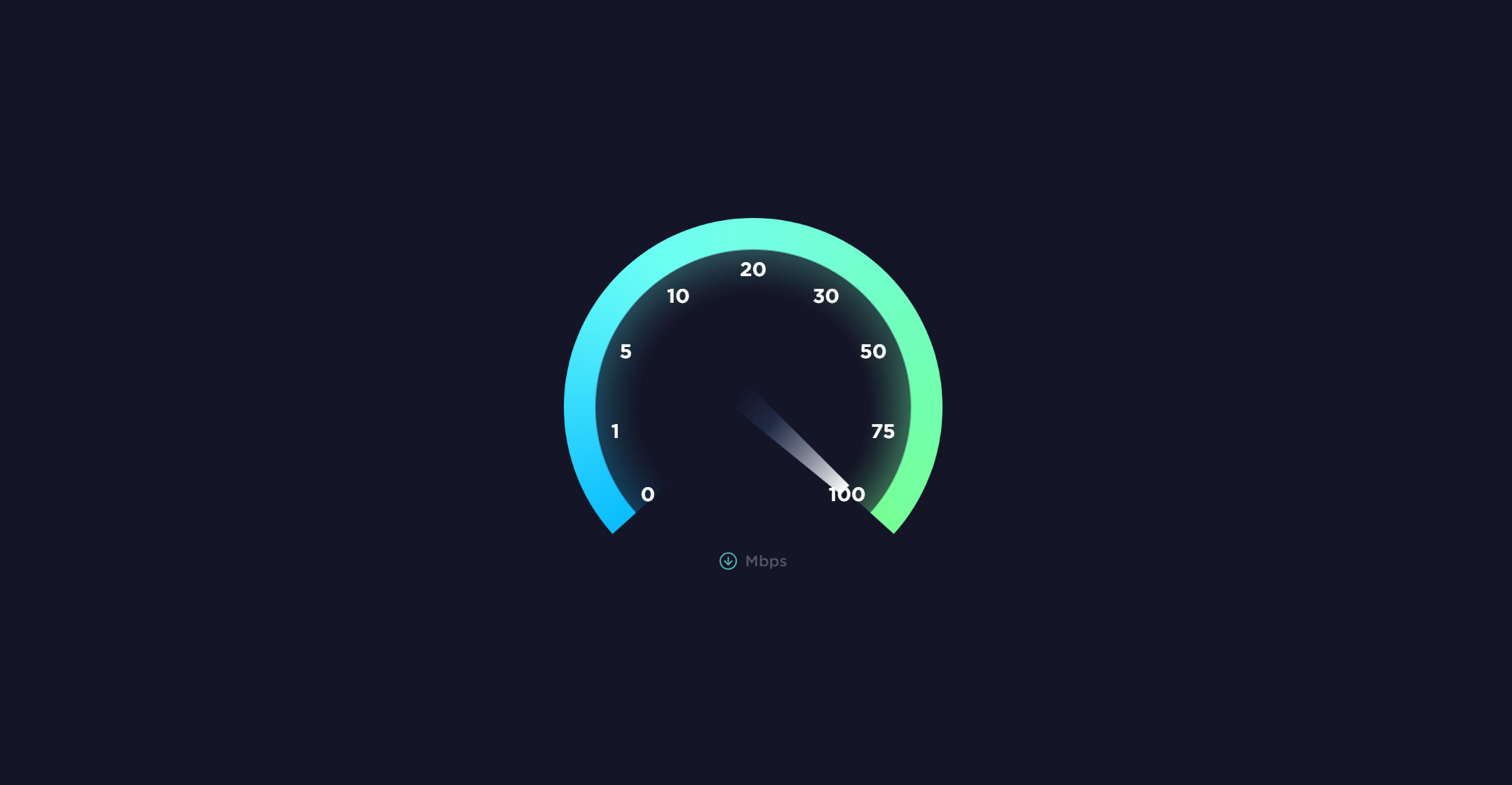 Fifth-generation (5G) mobile networks are unlikely to be adopted rapidly, with the technology still likely to be relatively niche as far out as 2025, according to a new report from Deloitte.
Fifth-generation (5G) mobile networks are unlikely to be adopted rapidly, with the technology still likely to be relatively niche as far out as 2025, according to a new report from Deloitte.
The firm’s Technology, Media and Telecommunications Predictions 2019 report, published this week, suggests 4G/LTE will remain the predominant mobile communications technology for the foreseeable future — though 5G will eventually supersede it.
By the end of 2020, 5G handset sales (of between 15 million and 20 million units) will represent only about 1% of all smartphone sales. Faster adoption will, however, kick in from 2021, which Deloitte predicts will be the first year that retailers sell more than 100 million 5G handsets.
Citing figures from the GSMA, an association representing mobile operators worldwide, Deloitte said usage of older 4G technology will not surpass 50% of all subscribers globally until 2023 — 14 years after the first 4G networks were launched.
“This means that 5G will likely still be a relatively niche technology even in 2025, with its forecast 1.2 billion connections making up only 14% of the total number of mobile, non-Internet of things connections worldwide,” it said.
“Considerable variance will be seen across countries: 49% of all American subscribers are expected to be 5G in that year, 45% in Japan, 31% in Europe, and 25% in China, but only single-digit percentages in Latin America, the Middle East and Africa.”
25 operators
By the end of 2019, Deloitte expect 25 operators to have launched 5G services in at least part of their territories (usually cities). About 20 handset vendors will have launched 5G-ready handsets in 2019 (with the first devices available in the second quarter), and about a million 5G handsets (out of a projected 1.5 billion smartphone handsets sold in 2019) will have been shipped by year-end.
One million 5G modems (portable hotspots) will be sold, and around a million 5G fixed-wireless access devices will be installed by the end of next year, it said.
“In the long term, the 5G mobile market (for handsets, Internet of things devices and connected vehicles) will likely be measured in terms of billions of connections, but in 2019 most 5G customers will likely use 5G as an alternative to wireline services, not as a replacement for 4G.”
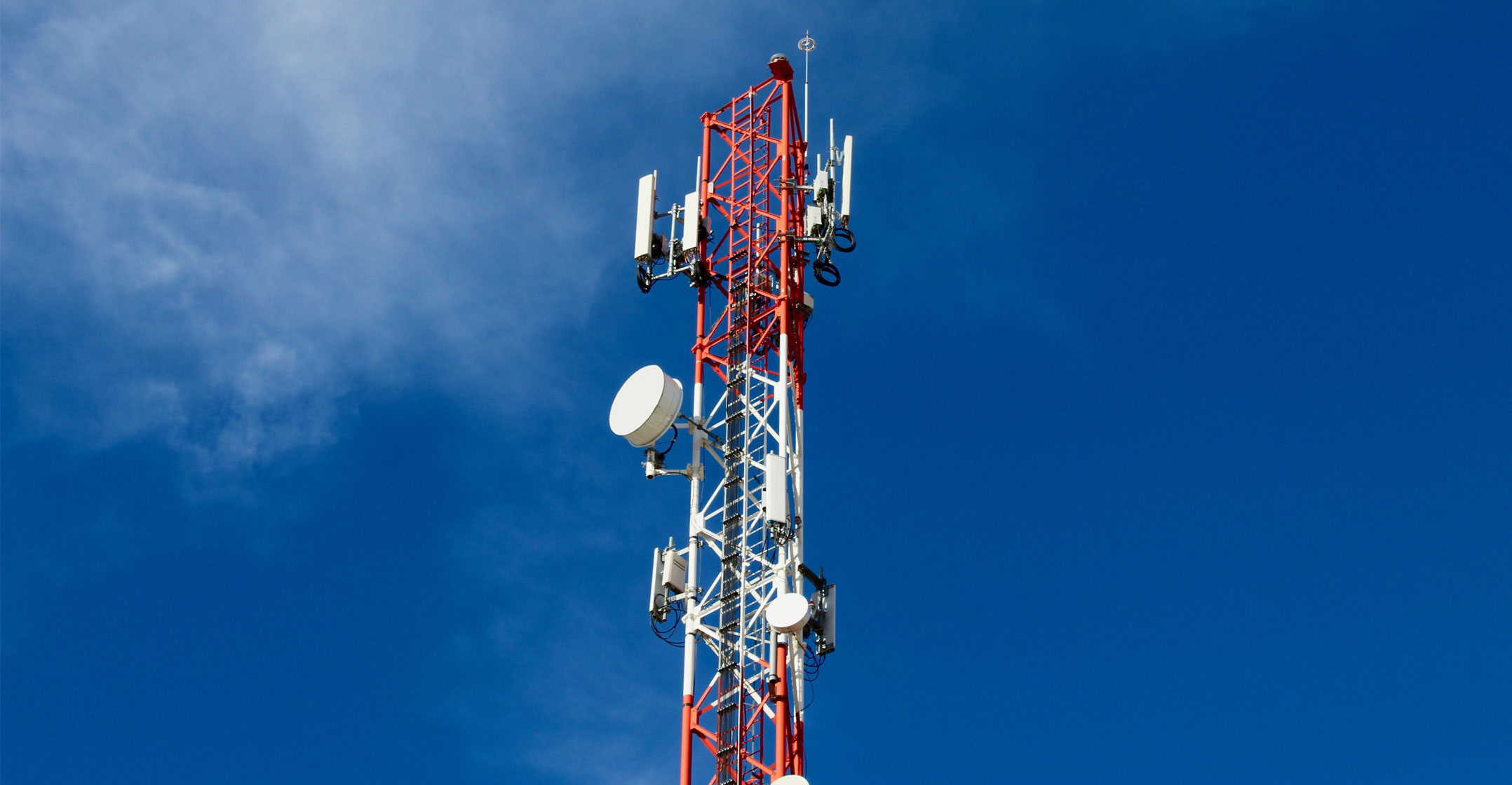 It also cautioned that real-world 5G speeds won’t be nearly as quick as what has been achieved in testing. The fastest-ever 5G lab transmission was 1Tbit/s, and the record for a field trial currently stands at 35Gbit/s. “Neither is a good indicator of real-world speeds in the short term, although longer-term projections are that 20Gbit/s may be an achievable real-world peak speed.”
It also cautioned that real-world 5G speeds won’t be nearly as quick as what has been achieved in testing. The fastest-ever 5G lab transmission was 1Tbit/s, and the record for a field trial currently stands at 35Gbit/s. “Neither is a good indicator of real-world speeds in the short term, although longer-term projections are that 20Gbit/s may be an achievable real-world peak speed.”
Despite its gloomy forecast for 5G’s initial adoption rate, Deloitte emphasised that it is the “connectivity technology of the future”.
“Although its adoption curve may be relatively shallow in the next 12-24 months, and it will likely take years for 5G to replicate 4G’s marketplace dominance, many telecommunications operators have a strong incentive to jump on the 5G bandwagon for reasons of speed, latency, penetration and (especially) capacity. When that happens, it should be a much faster world.”
The most noticeable benefits of the first 5G handsets for users will be faster speeds than today’s 4G technology; peak speaks of gigabits per second; and sustainable speeds estimated to be in the hundreds of megabits per second, it said. — © 2018 NewsCentral Media


